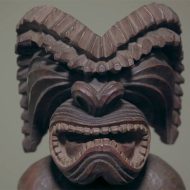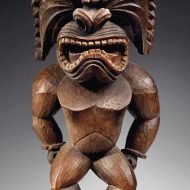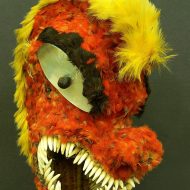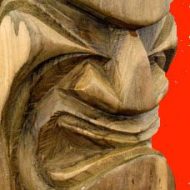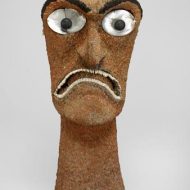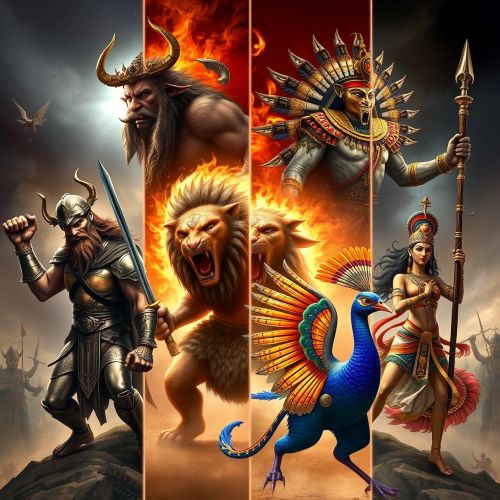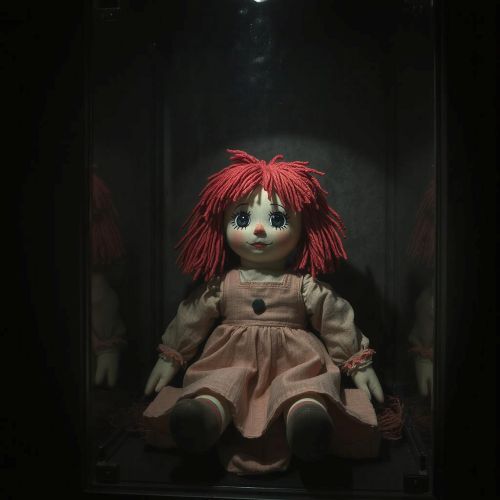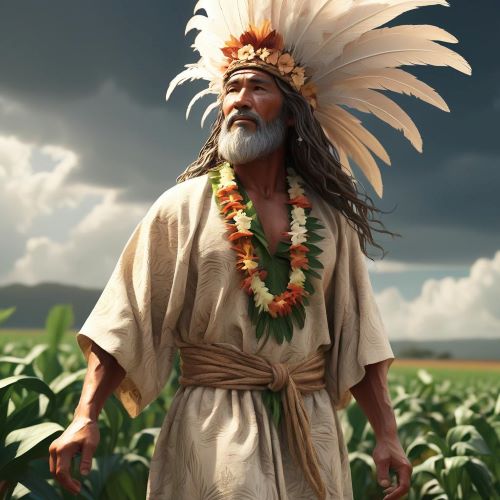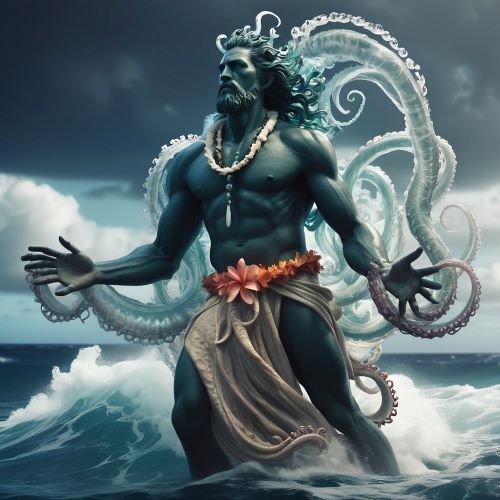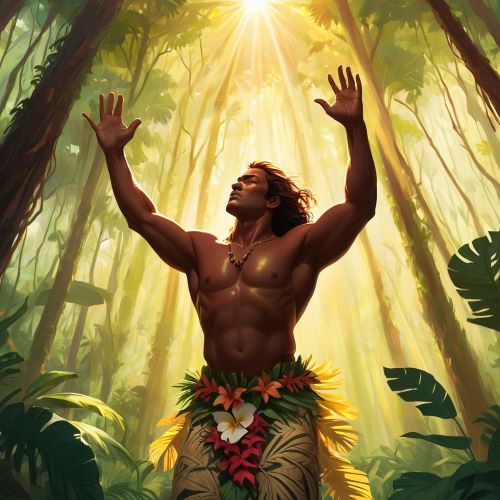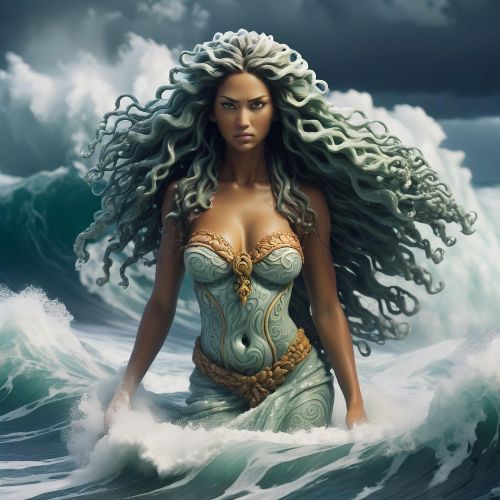Ku : The God of War
Listen
At a glance
| Description | |
|---|---|
| Origin | Hawaiian Mythology |
| Classification | Gods |
| Family Members | Kane (Brother), Lono (Brother) |
| Region | Hawaii, USA |
| Associated With | War, Human Sacrifice, Fish |
Ku
Introduction
In Hawaiian mythology, the god of war was Ku, who was also regarded as the god of prosperity. Unlike other gods, humans were sacrificed to Ku as part of the worship rituals. He was also the guardian of King Kamehameha I, who built various statues of him at various locations, including his home at Kamakahonu. Ku is revered as a living god by many Native Hawaiians and place a lot of importance to Ku in their daily lives. He is also among the 4 primary gods of Hawaiian mythology who is responsible for the well being of all believers and the Hawaiian islands.
Physical Traits
In the animal kingdom, Ku is believed to have the forms of Kanaka or man, Lo (Hawk), Niuhi & Mano (Shark) and Moa (Chicken). In the plant kingdom, he is also known to have the forms of Lele, a type of vine, Ohia Lehua, a flower, Ulu which is the breadfruit, Niu, a coconut tree trunk, and Noni, a fruit. In traditional depictions, he is represented as having a wide grimace with rows of teeth, bent legs ready to pounce, strong arms and thighs and a long headdress that is meant to incite fear. Some feathered god images or akua hulu manu are considered to represent Ku.
Family
Ku was the brother of Kane and Lono, and he saved the other Hawaiian deities during times of conflict. He is also believed to be the husband of the goddess Hina who is considered to be his opposite and is meant to bring about a balance in the cosmic world. He also had a son named Aiai,
Other Names
Due to the various ways in which Hawaiian concepts of deity are presented, Ku can be invoked under various names. Ku-pulupulu (Ku of the undergrowth), Ku-mauna (Ku of the mountain), Ku-ula or Ku-ula-kai (ku of the abundance of the sea), Ku-nui-akea (Ku the supreme one), Ku-kaʻili-moku (Ku snatcher of land) and Ku-keoloewa (Ku the supporter)
Powers and Abilities
Humans were sacrificed to Ku as part of the rituals to protect the islands and its inhabitants, and in the summer season, people flock to his home to worship him. Hina and Ku are regarded as the caretakers of the Earth and its fertility. They are also believed to have the power to make the planet and its surroundings habitable.
Ku is also known as Akua, and he is the god of war, politics, fishing, and farming. Although he had a human physicality, he was able to use his supernatural powers to control and direct the fish of the sea. One of his weapons was a flaming mace, which contained the souls of those he has killed.
Modern Day Influence
Ku remains one of the most important gods for the native Hawaiians and continues to hold a prominent role in the belief systems of the islanders. Ku is also one of the most common icons of the Hawaiian culture with tikis made of wood being the most popular souvenirs that visitors to the island tend to buy and carry back with them. These tikis are wooden carvings and not to be confused with the Maori god Tiki.
Related Images
Frequently Asked Questions
What is Ku the God of?
Ku is considered to be the god of war in Hawaiian mythology and is also the patron god of warriors in the region.
What is Ku responsible for?
Ku is one of the most important gods in the Hawaiian pantheon and is responsible for war, politics, farming and fishing.
Is Hina the wife of Ku?
In the mythology of the Hawaiian region, Hina is considered to be both the sister and wife of the god Ku.
What is Ku Tiki?
Tiki is a wooden representation of the gods in the Hawaiian and other Pacific Islands. Ku is known as the tiki of strength, warrior, family, sunrise and good crop.

